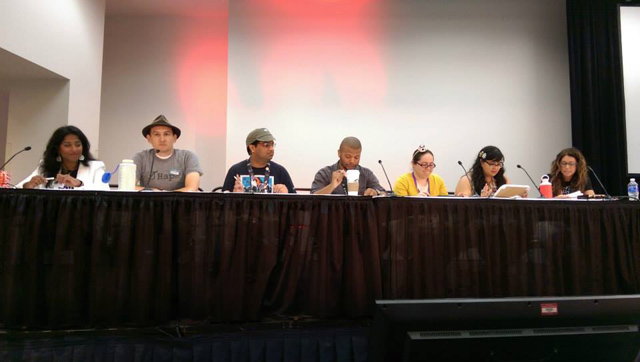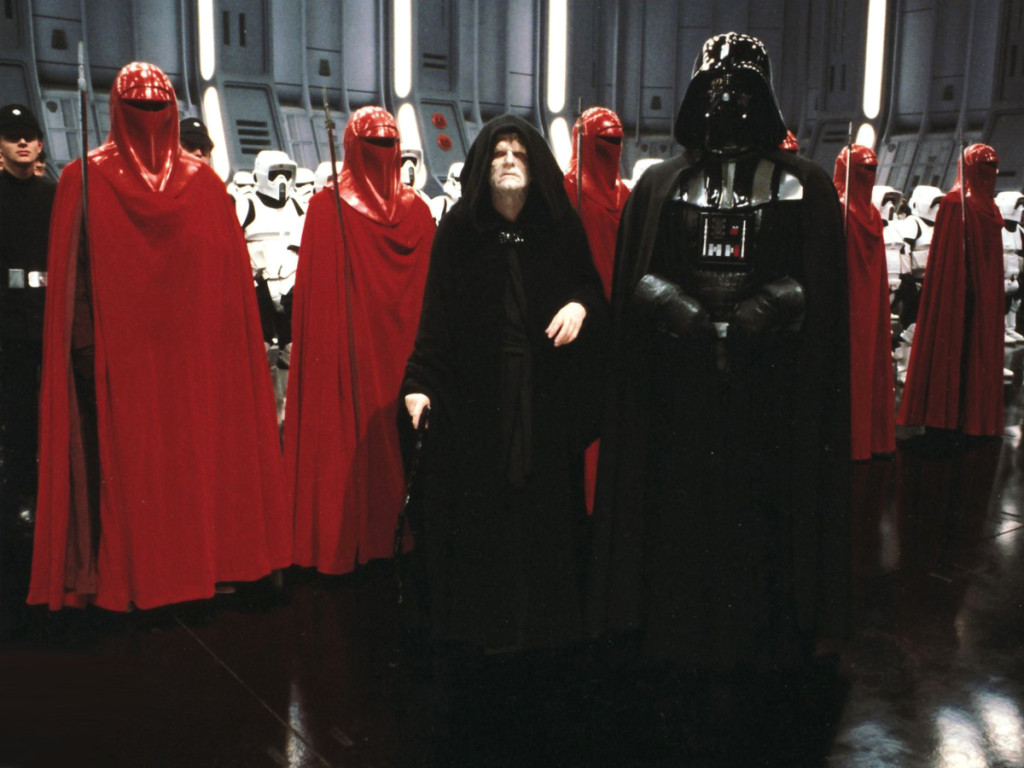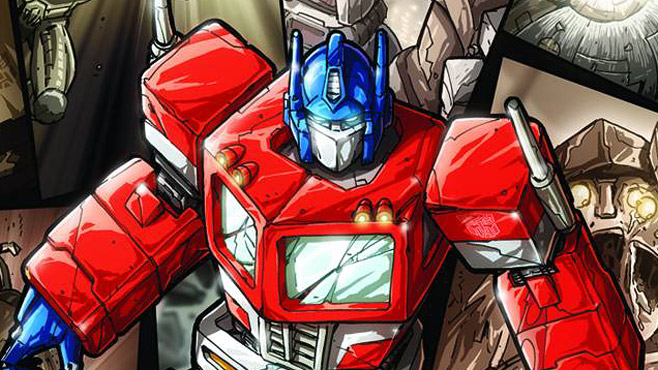
Star Wars Celebration Anaheim was a rousing success by most metrics: it set attendance records, the media coverage was 24/7, it had an unprecedented livestream, and fans emerged energized and excited for the new Star Wars films. We had a great time at Celebration, and we propose another metric for the great success of Star Wars Celebration Anaheim: the growth of Star Wars by leaps and bounds into a truly universal community.
To be sure, Star Wars always had near universal appeal (that’s how we all became fans, after all). But Tricia Barr – who hosted the “From a Certain Point of View” panel that we were honored to be part of – said it best: this Celebration was perhaps the most diverse yet, even considered in terms of the people who were on that very panel. Kathleen Kennedy made a great and very well-received statement about Star Wars finally recognizing its female fan base and striving hard to have that recognized on-screen (as it’s starting to be recognized on the page). Many attendees expressed surprise at how well-attended the convention was, both in absolute numbers (something like 60,000 people) and in the geographic representation of the audience. We saw many people who had flown in from Europe, Latin America, and Asia. We saw small children, teenagers, adults, and older folks.
Anyone who thinks that Star Wars is just for a certain demographic, whether a younger-skewed age group or exclusively males, should come to a Star Wars Celebration and realize that Star Wars is for everyone. It always has been, but Celebration Anaheim really drove the point home (and here we hear echoes of “Chewie, we’re home,” the Celebration mantra in more than one way). With the welcome diversity in the novels/comics, Rebels, and now the films it’s become absolutely clear that Star Wars has finally recognized that it is for everyone. Some might ask why this kind of representation matters, if Star Wars already had that universal appeal – well, read on and we’ll tell you why it’s so important.
 One of the great problems of the old Expanded Universe is just how much it fails the next generation. For a galaxy-spanning tale of war and intrigue that ropes in thousands of years of characters, there can often be a striking lack of young characters, those ready to take the reigns as their elders die or retire. During a time of transition, of changing the guard so to speak, we must establish who is taking over. The prequels and many of the Old Republic-era novels are good at setting up new characters and allowing for the young to continue their forefathers’ legacy, but by the time of the Yuuzhan Vong invasion, much of this has broken down. The next generation has been lost and forgotten. Why? What really is its purpose, other than for plot? It’s time to accept that we need new main characters, something The Force Awakens appears ready to do.
One of the great problems of the old Expanded Universe is just how much it fails the next generation. For a galaxy-spanning tale of war and intrigue that ropes in thousands of years of characters, there can often be a striking lack of young characters, those ready to take the reigns as their elders die or retire. During a time of transition, of changing the guard so to speak, we must establish who is taking over. The prequels and many of the Old Republic-era novels are good at setting up new characters and allowing for the young to continue their forefathers’ legacy, but by the time of the Yuuzhan Vong invasion, much of this has broken down. The next generation has been lost and forgotten. Why? What really is its purpose, other than for plot? It’s time to accept that we need new main characters, something The Force Awakens appears ready to do.


